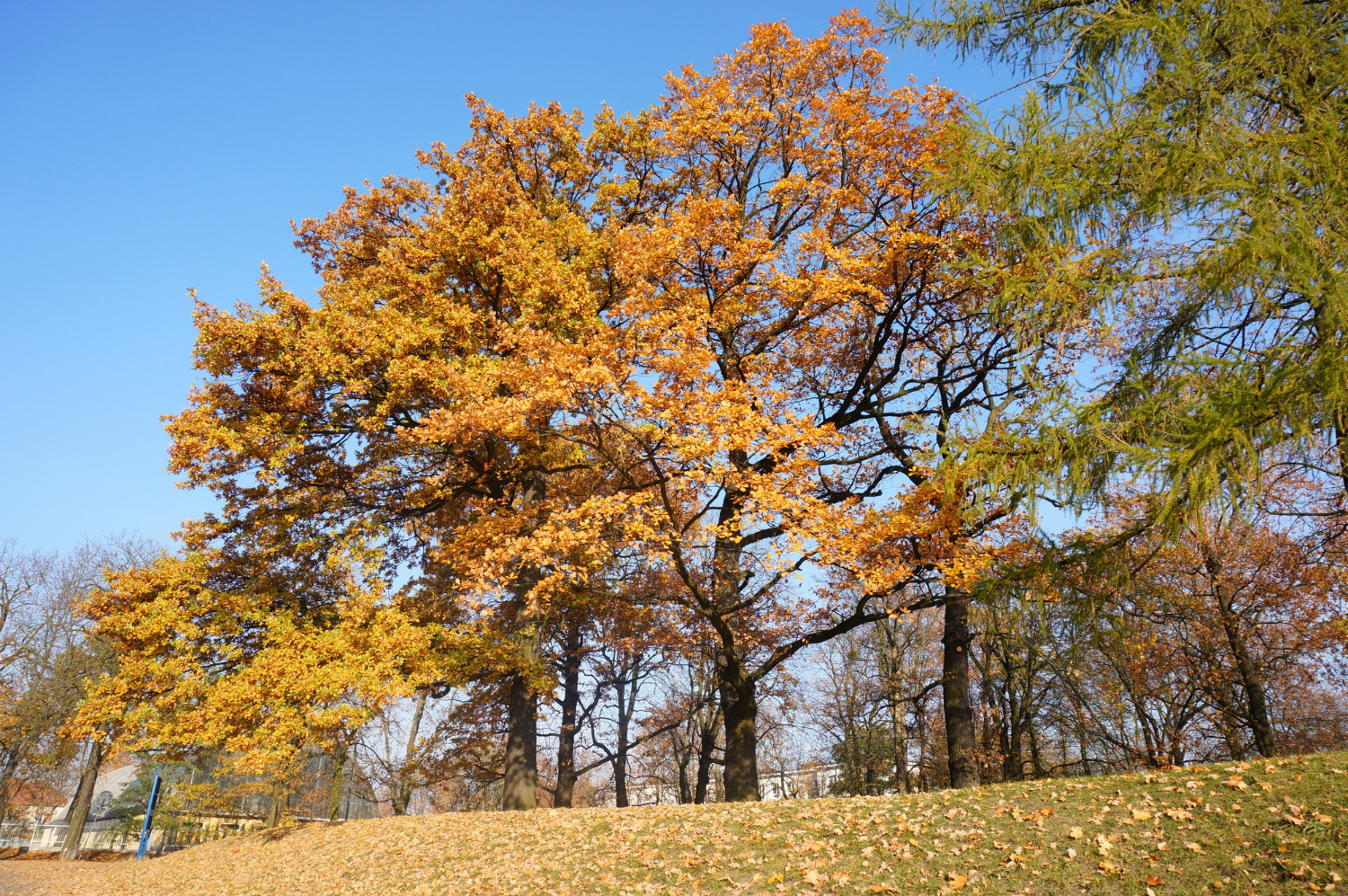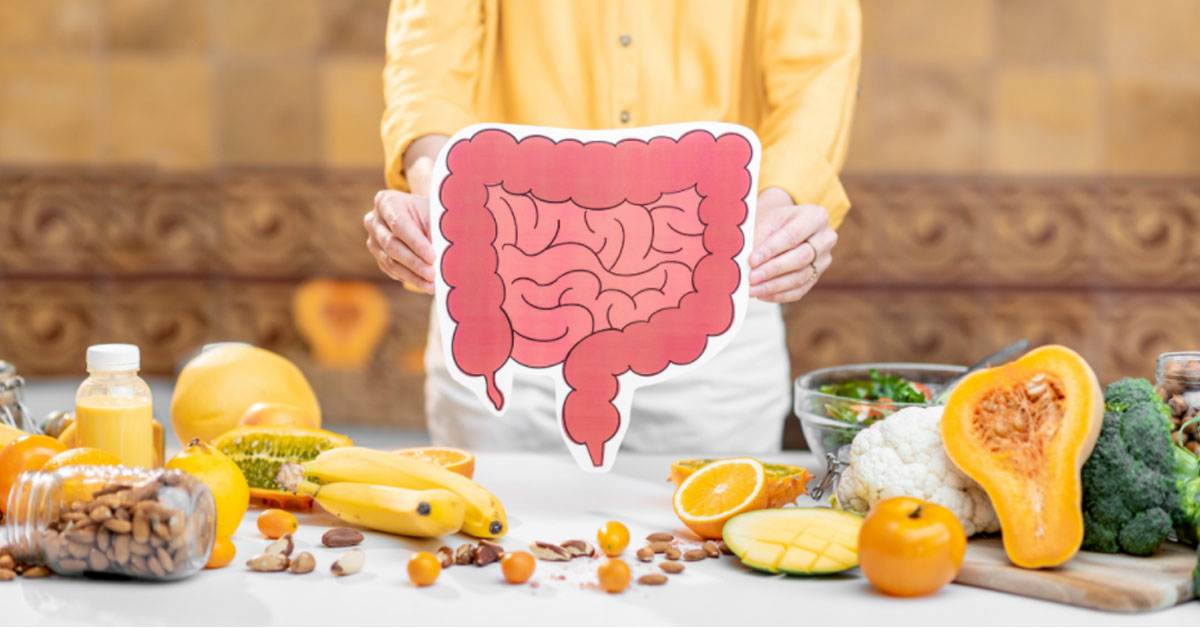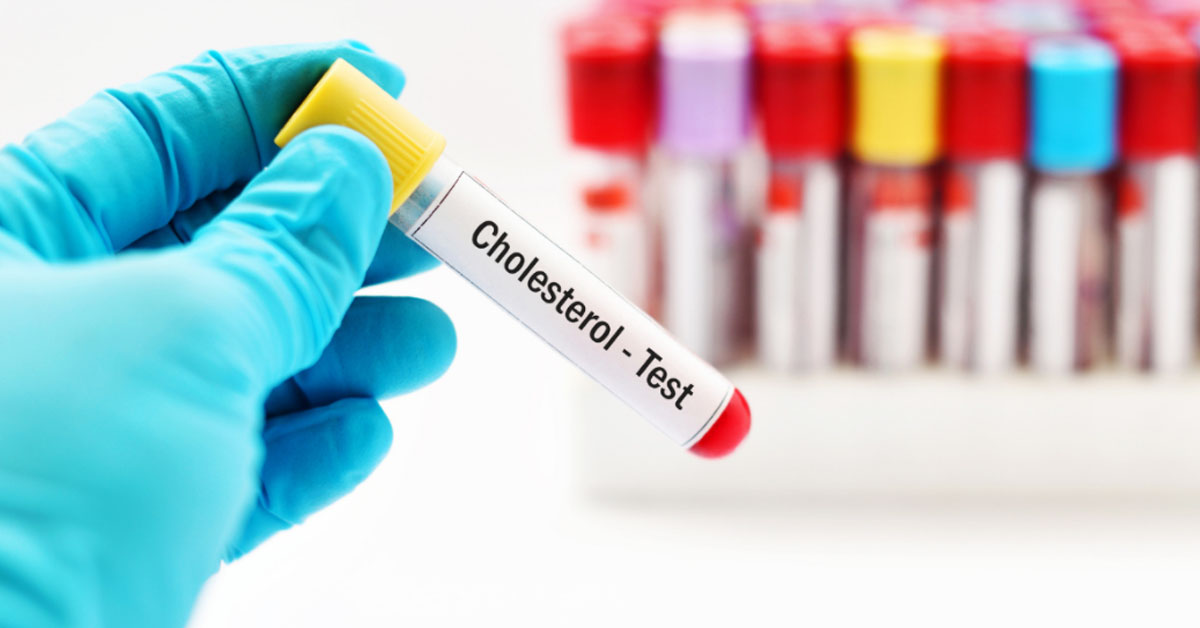

Introduction: Understanding Sharad Ritu
Sharad Ritu, the autumn season in Ayurveda, marks a critical transitional phase between the heavy rains of Varsha Ritu and the onset of cooler Hemant Ritu. In this season, the accumulated doshas from the monsoon period—especially Pitta—tend to disturb the equilibrium in our body.
Ayurveda emphasizes understanding seasonal changes and preparing the body accordingly to maintain optimal health. Sharad Ritu brings moderate temperatures, clear skies, and a gradual reduction in humidity, making it an ideal period for cleansing, rejuvenation, and restoring balance.
The term Sharad Ritu literally means the “season of clarity” and is associated with vitality, improved digestion, and natural detoxification. However, if not addressed properly, the accumulated toxins (ama) and imbalanced doshas from the rainy season can manifest as digestive disturbances, skin issues, respiratory problems, or fatigue Ayurveda recommends seasonal protocols, including Panchakarma treatments like Virechana, Abhyanga, and dietary adjustments to harmonize the body and mind.
Dosha Balancing During Sharad Ritu
Ayurveda classifies body energies into three primary doshas—Vata, Pitta, and Kapha. Each dosha has unique characteristics and responds differently to seasonal changes.
Vata Dosha
Sharad Ritu is predominantly Vata-prone due to its dry, cool, and windy qualities. Excess Vata manifests as anxiety, dry skin, irregular digestion, constipation, and insomnia. To balance Vata during Sharad Ritu, Ayurveda recommends:
Dietary focus: Warm, moist, easily digestible foods such as cooked grains, soups, and light stews.
Lifestyle practices: Daily Abhyanga (oil massage) with warm oils, meditation, and gentle yoga to ground the mind and body.
Herbal support: Triphala, Ashwagandha, and Guduchi to calm Vata and support digestion.
Pitta Dosha
During Sharad Ritu, the Pitta accumulated during the monsoon tends to peak due to residual heat in the body. Imbalanced Pitta can result in acidity, skin rashes, irritability, and digestive disturbances. Balancing Pitta involves
Dietary focus:Cooling, bitter, and sweet foods like leafy greens, gourds, and seasonal fruits such as sweet mango, berries, and pear.
Lifestyle adjustments:Avoiding excessive sun exposure, practicing calming Pranayama, and ensuring restful sleep.
Herbal support:Guduchi, Amla, and Tulsi to cool Pitta and enhance immunity.
Kapha Dosha
Kapha, though naturally elevated during the monsoon, gradually reduces in Sharad Ritu. However, residual Kapha may still cause heaviness, lethargy, and congestion. Ayurveda suggests:
Dietary focus:Light, astringent foods and spices like ginger and black pepper to maintain optimal Kapha balance.
Lifestyle adjustments:Regular movement, brisk walking, and dry Abhyanga to stimulate circulation.
Herbal support:: Trikatu formulations and Triphala to support detoxification.
By focusing on balancing all three doshas through diet, lifestyle, and therapeutic interventions, Sharad Ritu can be harnessed for rejuvenation, enhanced vitality, and prevention of seasonal illnesses.
Panchakarma: The Seasonal Detox
Panchakarma, the five-fold purification process in Ayurveda, is ideally performed during Sharad Ritu to expel accumulated doshas and restore equilibrium. Among these therapies, Virechana is highly recommended during this season.
Why Virechana in Sharad Ritu?
Virechana, the therapeutic purgation, targets Pitta-related disorders and clears toxins from the digestive system and liver. It also indirectly balances Vata and Kapha doshas. The procedure is highly effective because:
- Pitta accumulated during Varsha Ritu is mobilized and eliminated.
- Vata is stabilized by preparatory measures like Sneha-Pana (oleation).
- Kapha is balanced as the digestive fire (Agni) is rekindled.
The Stepwise Procedure of Virechana Panchakarma
1. Deepana-Pachana (Agni Stimulation & Digestion Enhancement)
Before purification, digestive fire is strengthened using herbal decoctions and dietary adjustments to prepare the body for detoxification.
2. Sneha-Pana (Internal Oleation)
Medicated ghee or oils are administered to lubricate tissues and mobilize toxins from deep tissue channels. This stage typically lasts 3–7 days depending on individual constitution.
3. Swedana (Fomentation / Sudation Therapy)
Warm herbal steam is applied to the body to promote sweating and further mobilize toxins. This ensures that toxins reach the gastrointestinal tract for elimination during Virechana.
4. Virechana Karma (Therapeutic Purgation)
The main purgation process, where medicated purgatives expel Pitta and associated toxins through the bowels. Depending on the severity and type of imbalance, purgation may occur 7–20 times, without causing fatigue or dehydration.
5. Samsarjana Krama (Post-Purification Diet)
Following purgation, a gradual diet is prescribed to restore digestion and maintain the cleansing effects.
6. Rasayana / Vajikaran Therapy
Rejuvenation therapies help strengthen immunity, enhance vitality, and replenish tissues.
Dietary Protocols During Sharad Ritu
Diet is a crucial component of seasonal wellness. Ayurvedic guidelines emphasize dosha-specific and seasonal food choices to maintain balance and prevent disorders.
- Vata-Balancing Foods: Warm, moist, grounding foods like cooked rice, soups, lentils, and root vegetables. Include ghee and sesame oil in moderation.
- Pitta-Balancing Foods: Cooling, bitter, and sweet foods, avoiding excessive sour, spicy, and fried items. Ideal fruits include sweet mangoes, pears, and pomegranate.
- Kapha-Balancing Foods: Light, dry, and astringent foods to prevent lethargy. Include ginger, black pepper, and turmeric in meals.
- Avoid: Overly cold foods, heavy fried items, excessive sugar, and processed foods.
Herbs and Supplements
- Ashwagandha: Reduces stress and strengthens immunity.
- Brahmi & Jatamansi: Enhance mental clarity, reduce anxiety, and support cognitive function.
- Amla & Guduchi: Boost immunity and detoxify the body.
- Triphala: Improves digestion and eliminates residual toxins.
Meal Timings
- Eat according to natural hunger cues (Vata alignment: morning and evening, light meals; Pitta: midday peak, moderate meals; Kapha: avoid late heavy meals).
- Maintain warm, freshly cooked meals to support Agni (digestive fire).
Lifestyle Adjustments During Sharad Ritu
Ayurveda emphasizes a holistic approach, integrating body, mind, and environment. Sharad Ritu lifestyle recommendations include:
1. Abhyanga (Self-Massage)
Daily oil massage with warm sesame or medicated oils to nourish skin, calm Vata, and improve circulation.
2. Dinacharya (Daily Routine)
- Wake up early with natural light.
- Perform tongue scraping, oil pulling, and cleansing routines.
- Gentle yoga, stretching, and breathing exercises for mind-body balance.
3. Pranayama and Meditation
Practices like Ujjayi breathing calm the nervous system, balance doshas, and support immunity.
4. Sleep Hygiene
Ensure adequate rest aligned with natural circadian rhythms. Avoid excessive late-night activities to maintain Vata and Pitta balance.
5. Seasonal Exercise
Moderate activity like walking, swimming, or yoga helps maintain Kapha balance and stimulates metabolism.
Benefits of Sharad Ritu Panchakarma
Following these seasonal protocols has far-reaching benefits:
- Digestive Health: Cleansing Ama and strengthening Agni reduces bloating, indigestion, and constipation.
- Immune Support: Elimination of toxins and consumption of immunity-boosting herbs reduce susceptibility to seasonal illnesses.
- Mental Clarity: Stress reduction, meditation, and balanced doshas enhance focus, emotional stability, and cognitive function.
- Skin & Hair Health: Abhyanga, Rasayana therapies, and proper diet improve complexion, hydration, and hair strength.
- Rejuvenation & Longevity: Panchakarma revitalizes tissues, enhances energy levels, and promotes a sense of well-being.
SriPAA’s Expert Guidance
At SriPAA Ayurvedic Hospital, Dr. Mallikarjun Dambal and his expert team provide personalized Panchakarma treatments tailored to individual dosha imbalances and health conditions. Our approach integrates:
- Detailed dosha assessment for seasonal adjustments.
- Customized Virechana, Abhyanga, and diet protocols for optimal health outcomes.
- Lifestyle counseling to maintain post-therapy benefits.
- Continuous monitoring to ensure safety and efficacy for all ages.
Conclusion
Sharad Ritu is an opportune time to detoxify, rejuvenate, and balance doshas. Panchakarma therapies, particularly Virechana, combined with dosha-appropriate diet, Abhyanga, meditation, and lifestyle adjustments, offer comprehensive health benefits. By following Ayurvedic seasonal protocols, one can prevent disease, boost immunity, enhance mental clarity, and enjoy a revitalized body and mind.
Embrace Ayurvedic Seasonal Wellness Today
Book your consultation with Dr. Mallikarjun Dambal at SriPAA Ayurvedic Hospital and begin your journey towards a healthy, balanced, and rejuvenated life. Sharad Ritu Panchakarma not only removes accumulated toxins but also strengthens the foundation for lasting health and vitality.


